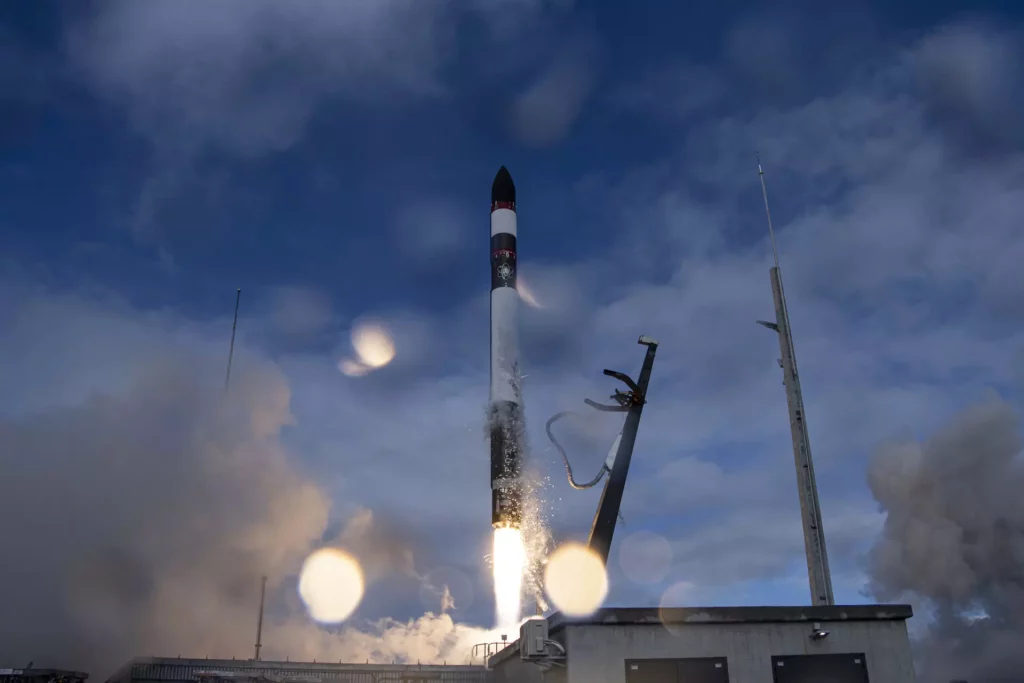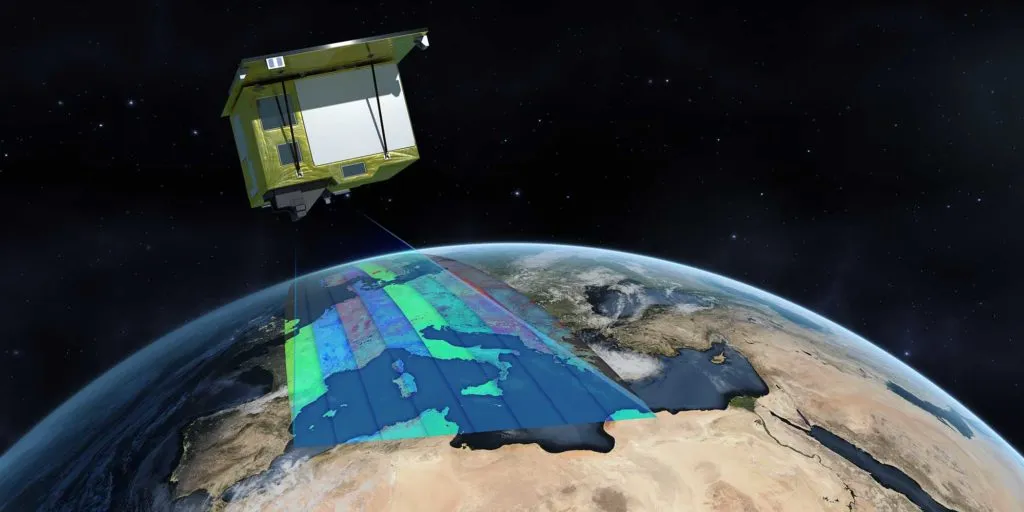
Japanese SAR satellite startup Synspective raises $100 million in Series B funding
Huge news for the Synthetic Aperture Radar (SAR) industry: Japan-based satellite startup Synspective has just announced investments totalling $100 million from its Series B funding round. With this latest round, the startup has now raised a total of $200M in financing since 2015.
The SAR industry has the obvious ‘Matthew’ effect more funding; more satellites; cheaper images; more customers. It’s difficult for new players to enter the game because it’s impossible for them to build cheaper satellites or provide cheaper images than the competition unless they have some revolutionary development in terms of technology—or significant financial backing.
As a nation, Japan doesn’t want to lose this game, so domestic backers have a tendency of trying to support their best player. For this Series B round, 14 Japanese investors were involved in the funding. Synspective has so far only launched two satellites, but still, the development speed is extraordinary. According to the 2021 total funding ranking report from For Startups Inc., Synspective is ranked within the top ten largest startups in Japan.
In 2018, when industry leader ICEYE invited Series B financing, they only raised $34 million. The figure was $136million in their Series D round, but it’s plain to see from these figures that Synspective’s growth is much faster than ICEYE’s was at a similar point in the company’s development. But of course, this is not a fair comparison; investors have become much more well-educated about the sector in the intervening five years—which is why they’re betting on what they hope will be the next ICEYE, this time in the eastern hemisphere.
Synspective is focused not only on capturing satellite data but also on building solutions. According to their website, Synspective has built eight systems, including Land Displacement Monitoring, Flood Damage Assessment, Offshore Wind Assessment, amongst others. Besides this, the company has published many practical business relationship cases. For example, Synspective has a partnership with AMH Philippines, Inc. in Land Displacement Monitoring, with Nihon Suido Consultants in Water Supply and Sewerage Sectors, with JICA in disaster prevention management. As the leading SAR company in Japan, Synspective wins lots of local service contracts.
Interestingly, the company has recently changed its constellation plan. In 2019, when Synspective invited Series A funding, they were planning a constellation of around 25 satellites. After three years of development, they have expanded that number to 30. They are expected to be in orbit by 2026.
The company has launched two satellites so far. The first one, StriX α, was launched in December 2020, and the second one, StriX β, was launched just one month ago, both of them by Rocket Lab Electron rockets. Clearly, the successful launch of the second satellite has accelerated its funding process.
Did you like the article? Read more and subscribe to our monthly newsletter!






